Global Room Planner Market - Comprehensive Data-Driven Market Analysis & Strategic Outlook
The global room planner market in the interior design and home improvement sector is going to remain popular as more people and companies look for effective space management solutions. Its history dates back to the early 2000s when software based on desktops was introduced, enabling people to see layouts in two dimensions. Such initial tools were usually confined to professionals and needed expertise, with much training, to operate, thereby limiting their use. 3D modelling that came in the late 2000s was a breakthrough because it allowed more intuitive and interactive interactions, and made the potential of design visualization attainable by all.
- Global room planner market size of approximately USD 1432.8 million in 2025, growing at a CAGR of approximately 9.3% from 2032 onwards, with potential over USD 2671 million.
- Online Room Planner Tools retain nearly 50.9% market share, driving innovation and expanding applications through comprehensive research.
- Key growth drivers: Increased demand for DIY home furnishings and interior design products, Increased application of 3D visualization technology to enhance spatial planning
- Chances are Integration with AR/VR technologies to deliver immersive and interactive interior design experience
- Key insight: The market is set to grow exponentially in value over the next decade, highlighting significant growth opportunities.
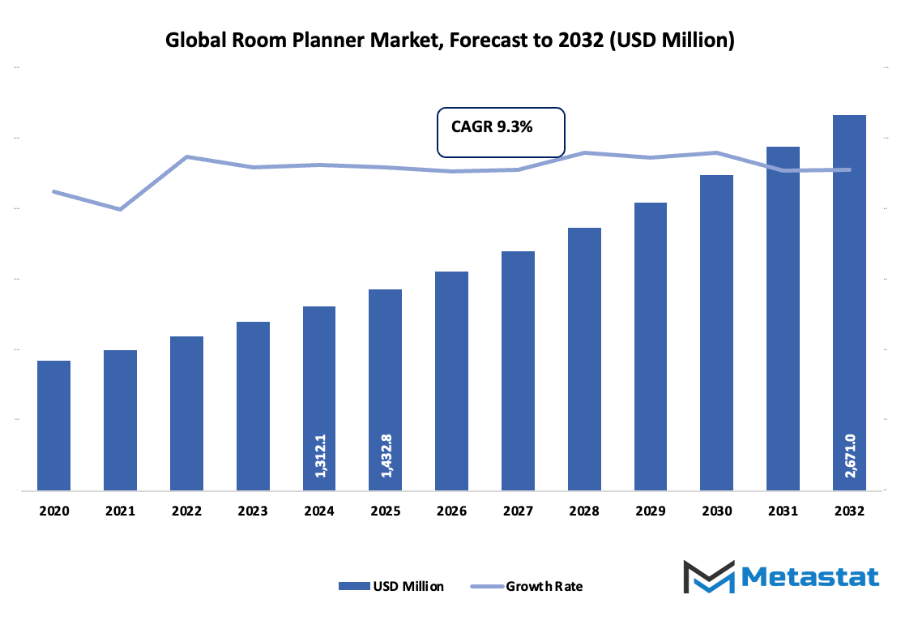
Over the past decade, the global room planner market will increasingly respond to consumer demands for simplicity, speed, and interactivity. Mobile applications will gain prominence, enabling users to design spaces on tablets and smartphones with minimal technical skill. Cloud-based platforms will allow designs to be stored, shared, and edited collaboratively, driving the market toward more networked and responsive tools. Augmented reality capabilities will also be key, as shoppers want to be able to overlay digital furniture and layouts on real spaces prior to purchase or renovation. Technological innovations will be complemented by changing consumer expectations from consumers who increasingly demand personalized and extremely high-detail design experiences. Home furnishings and home accessories shopping online will also influence the market, with room planning solutions integrating product catalogues into design platforms.
Meanwhile, local laws on digital content, software privacy, and data storage will continue to influence how businesses work, especially for user-generated content-based solutions or cloud-storing sensitive design data. Pivotal milestones, such as the collaborations between software creators and furniture stores, implementing AI-powered design proposals, and applying realistic textures and lighting effects, will dictate the direction of the market in the coming couple of years. With the power of technological innovation combined with evolving consumer patterns, the international room planner market will see a transition towards highly interactive, easy-to-use, and commercially integrated solutions. Its ability to adapt to digital trends, mobile technology, and better visualization tools will continue to mold professional designers as well as regular users looking for efficient tools to redecorate their space.
Market Segments
The global room planner market is mainly classified based on Product, Deployment, Application, .
By Product is further segmented into:
- Online Room Planner Software: Online room planner software will become more relevant as more people seek convenient access from anywhere. Online room planner software will facilitate instant change of layouts and designs, making professionals and amateur users more efficient. AI-enabled and interactive functions will be the hallmarks of future enhancement.
- Software-Based Room Planners: Software room planners will remain the preferred choice of option for complicated projects with the requirement for precise control. The software will have improved features such as 3D visualization, complex measurement calculation, and connectivity with other design tools. Software will be smarter and quicker to use for big projects considering innovations in the global room planner market.
- Mobile Room Planner Apps: Mobile room planner apps will experience increased reach with increasing smartphone usage and work-from-home culture. Augmented reality features will be introduced in apps to visualize designs within real spaces. Minimal interfaces and real-time sharing capabilities will boost interactions, providing on-the-move solutions to professional designers and homeowners alike.
By Deployment the market is divided into:
- Cloud-Based: Flexibility and coordination across teams and locations will be driven by cloud-based deployment. These solutions will offer real-time updates and secure access through multiple devices, reducing dependence on infrastructure within locations. The global room planner market will witness cloud platforms offer more storage, velocity, and interactive features for smooth project management.
- On-Premises: On-premises deployment will continue to remain applicable to organizations requiring the control of sensitive design data. These solutions will be complemented by increases in processing power as well as support for customization. The global room planner market will see on-premises solutions with AI-based tools while maintaining security, reliability, and offline capabilities for professional design firms and architectural practices.
By Application the market is further divided into:
- Interior Design: Interior design applications of the global room planner market will focus on creating personalized and functional spaces. Tools will enable realistic visualization of materials, colours, and layouts. Future developments will allow designers to predict trends, optimize space utilization, and provide clients with immersive previews to enhance decision-making and satisfaction.
- Real Estate: Real estate applications will use room planning solutions to showcase properties more effectively. Tools will allow virtual staging, layout customization, and space planning to attract potential buyers. The global room planner marketwill increasingly adopt interactive features to provide accurate representations, increasing efficiency in property marketing and client engagement.
- Architecture: Architecture applications will benefit from precision-driven planning and project management. Room planners will assist in conceptualizing designs, evaluating structural feasibility, and improving collaboration among architects. Future updates will integrate AI-driven simulations, support sustainable and innovative designs while enhancing workflow efficiency for complex architectural projects.
- Home Renovation: Home renovation applications will rely on room planner solutions to simplify project planning and budgeting. Users will visualize changes, adjust layouts, and experiment with materials before implementation. Market developments will focus on interactive tools that guide renovation decisions, streamline processes, and improve cost estimation for homeowners and contractors alike.
|
Forecast Period |
2025-2032 |
|
Market Size in 2025 |
$1432.8 Million |
|
Market Size by 2032 |
$2671 Million |
|
Growth Rate from 2025 to 2032 |
9.3% |
|
Base Year |
2024 |
|
Regions Covered |
North America, Europe, Asia-Pacific, South America, Middle East & Africa |
Growth Drivers
- Growing demand for DIY home improvement and interior design solutions: The rising interest in DIY home projects will drive the global room planner market forward. Homeowners and renters are looking for tools that allow them to visualize changes before implementation. This demand will support the expansion of accessible and flexible room planning software that simplifies design decisions.
- Increasing adoption of 3D visualization technology for better spatial planning: The adoption of 3D visualization technology will boost the global room planner market by allowing users to view rooms in realistic detail. Accurate spatial planning will help avoid design mistakes, saving time and cost, and providing a clear picture of how furniture and decor will fit within the space.
Challenges and Opportunities
- Complexity of software for non-technical users: Non-technical users will find some room planning tools difficult to navigate, limiting the global room planner market reach. Simplifying interfaces without compromising functionality will be essential to ensure widespread adoption and satisfaction, encouraging more casual users to explore and rely on digital planning solutions.
- High cost of advanced features in professional-grade room planning tools: The high price of professional-grade tools will present a barrier in the global room planner market. While these tools offer detailed options for design professionals, the cost will restrict access for average consumers, making affordable yet powerful alternatives a key factor for market expansion.
Opportunities
- Integration with AR/VR technologies for immersive and interactive interior design experiences: The integration of AR/VR technologies will create immersive and interactive experiences in the global room planner market. Users will be able to explore spaces virtually, experiment with layouts, and visualize design changes in real time. This innovation will make planning more engaging, intuitive, and effective.
By Region:
- Based on geography, the global room planner market is divided into North America, Europe, Asia-Pacific, South America, and the Middle East & Africa.
- North America is further divided into the U.S., Canada, and Mexico, whereas Europe consists of the UK, Germany, France, Italy, and the Rest of Europe.
- Asia-Pacific is segmented into India, China, Japan, South Korea, and the Rest of Asia-Pacific.
- The South America region includes Brazil, Argentina, and the Rest of South America, while the Middle East & Africa is categorized into GCC Countries, Egypt, South Africa, and the Rest of the Middle East & Africa.
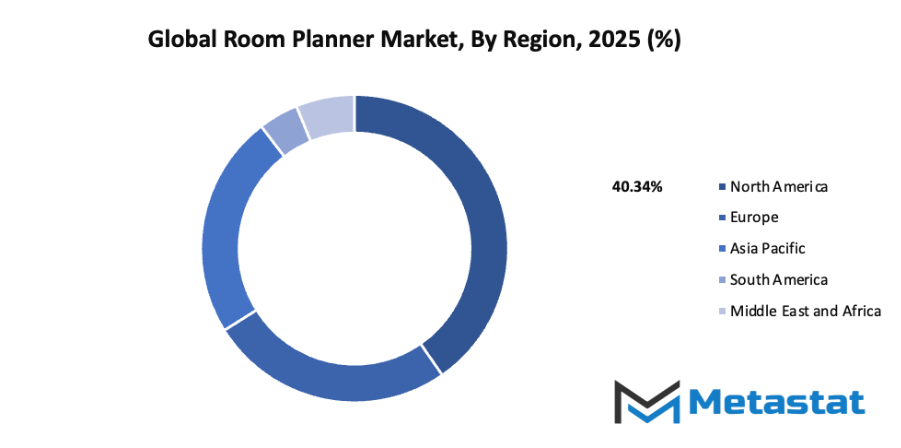
Competitive Landscape & Strategic Insights
The global room planner market is experiencing rapid growth as technology continues to reshape how spaces are designed and visualized. This market includes a combination of established global leaders and emerging regional competitors, creating a competitive and dynamic landscape. Leading names such as Roomstyler, Autodesk Homestyler, Houzz Pro, Coohom, Roomtodo, Floorplanner, RoomSketcher, Chief Architect, Revit (Autodesk), MagicPlan, Havertys, Live Home 3D, SmartDraw, Planner 5D, and PlanningWiz play a significant role in shaping customer expectations and industry standards. These companies provide advanced digital tools that allow users to create detailed layouts, experiment with furniture placement, and visualize spaces in three dimensions.
In the coming years, the global room planner market is likely to see even more integration of advanced technologies. Artificial intelligence and machine learning will allow software to suggest design improvements automatically based on user preferences and space dimensions. Virtual reality and augmented reality will become standard features, enabling users to walk through fully designed spaces before any construction begins. Such immersive experiences will make the process faster, more interactive, and more accessible for both professional designers and individual users.
The global room planner market is also expected to expand geographically. Emerging regional competitors are likely to focus on localized trends and customer preferences, offering solutions that cater specifically to cultural and architectural differences. This will create a more diverse market where innovation comes not only from technology but also from understanding unique design needs. Collaborative tools will grow in importance, allowing multiple stakeholders such as homeowners, designers, and contractors to work together seamlessly in real time.
Sustainability will also influence the global room planner market soon. Software will increasingly help users select eco-friendly materials, reduce waste in construction, and optimize energy efficiency in home layouts. This focus on sustainability will align with global efforts to reduce environmental impact, giving companies a competitive edge as users become more environmentally conscious.
Market size is forecast to rise from USD 1432.8 million in 2025 to over USD 2671 million by 2032. Room Planner will maintain dominance but face growing competition from emerging formats.
Overall, the room planner market will continue to transform how spaces are imagined and created. With strong global players setting high standards and innovative regional competitors bringing fresh perspectives, the industry will offer smarter, faster, and more interactive solutions. By combining cutting-edge technology, immersive visualization, and sustainable design, the market is poised to become an essential part of modern interior planning and architecture.
Report Coverage
This research report categorizes the global room planner market based on various segments and regions, forecasts revenue growth, and analyzes trends in each submarket. The report analyses the key growth drivers, opportunities, and challenges influencing the global room planner market. Recent market developments and competitive strategies such as expansion, type launch, development, partnership, merger, and acquisition have been included to draw the competitive landscape in the market. The report strategically identifies and profiles the key market players and analyses their core competencies in each sub-segment of the global room planner market.
Room Planner Market Key Segments:
By Product
- Online Room Planner Tools
- Software-Based Room Planners
- Mobile Room Planner Apps
By Deployment
- Cloud-Based
- On-Premises
By Application
- Interior Design
- Real Estate
- Architecture
- Home Renovation
Key Global Room Planner Industry Players
- Roomstyler
- Autodesk Homestyler
- Houzz Pro
- Coohom
- Roomtodo
- Floorplanner
- RoomSketcher
- Chief Architect
- Revit (Autodesk)
- MagicPlan
- Havertys
- Live Home 3D
- SmartDraw
- Planner 5D
- PlanningWiz
WHAT REPORT PROVIDES
- Full in-depth analysis of the parent Industry
- Important changes in market and its dynamics
- Segmentation details of the market
- Former, on-going, and projected market analysis in terms of volume and value
- Assessment of niche industry developments
- Market share analysis
- Key strategies of major players
- Emerging segments and regional growth potential



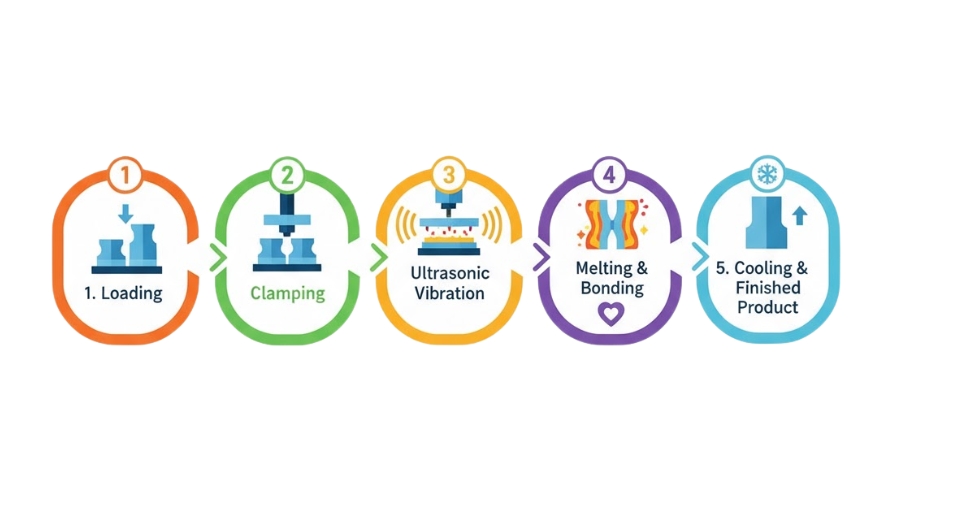
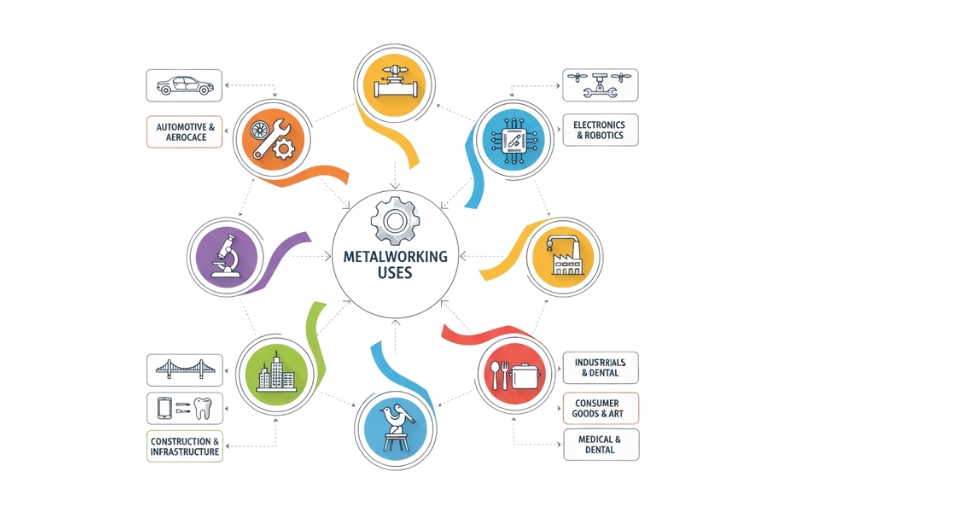
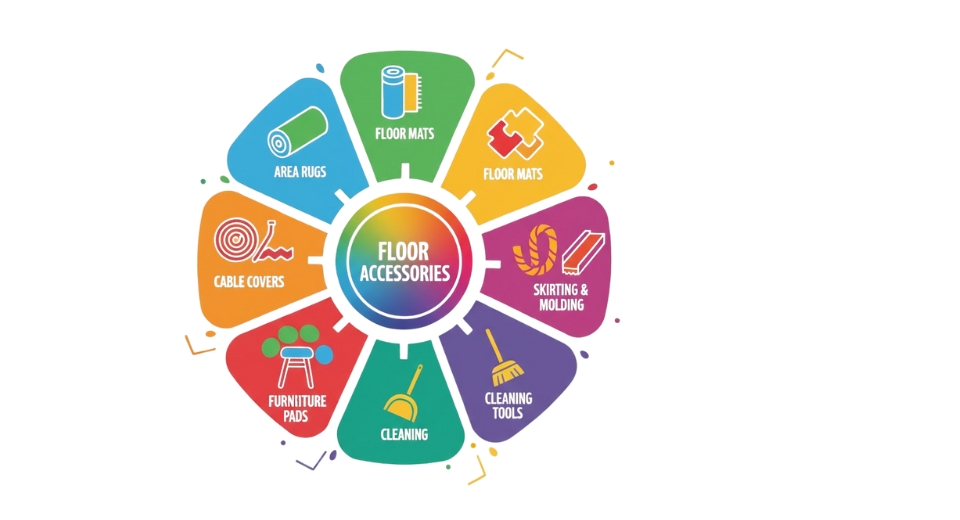


 US: +1 3023308252
US: +1 3023308252






